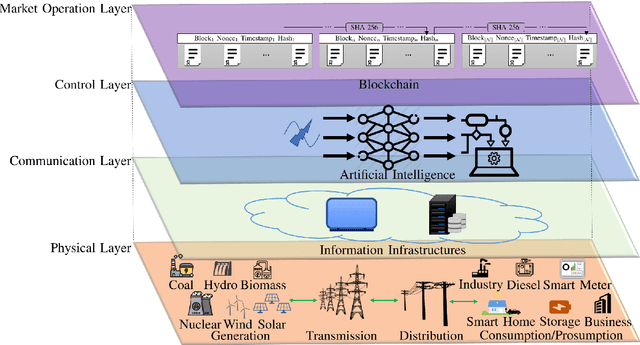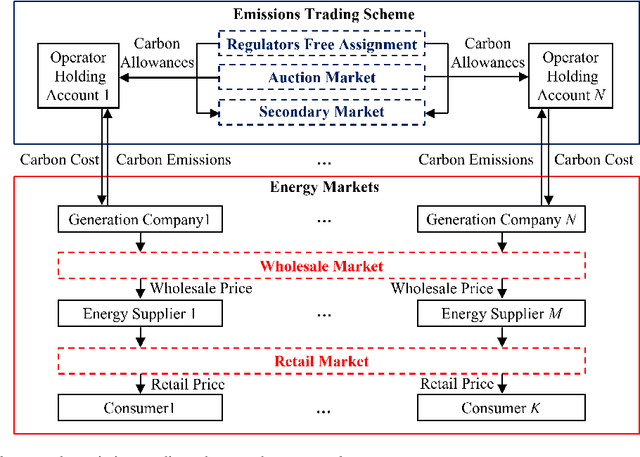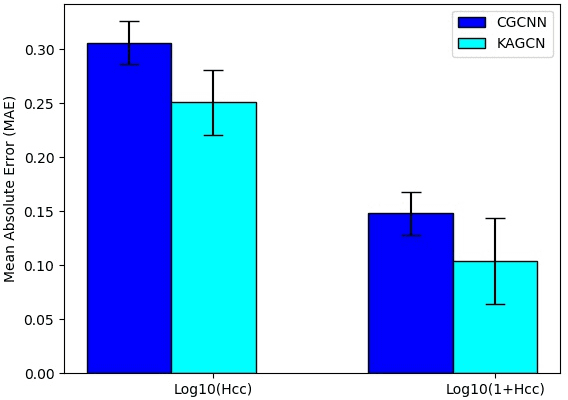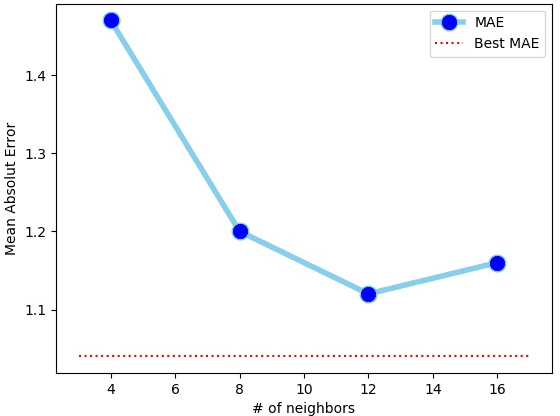Jianzhong Wu
Perfecting Liquid-State Theories with Machine Intelligence
Nov 09, 2023Abstract:Recent years have seen a significant increase in the use of machine intelligence for predicting electronic structure, molecular force fields, and the physicochemical properties of various condensed systems. However, substantial challenges remain in developing a comprehensive framework capable of handling a wide range of atomic compositions and thermodynamic conditions. This perspective discusses potential future developments in liquid-state theories leveraging on recent advancements of functional machine learning. By harnessing the strengths of theoretical analysis and machine learning techniques including surrogate models, dimension reduction and uncertainty quantification, we envision that liquid-state theories will gain significant improvements in accuracy, scalability and computational efficiency, enabling their broader applications across diverse materials and chemical systems.
Applications of blockchain and artificial intelligence technologies for enabling prosumers in smart grids: A review
Feb 21, 2022



Abstract:Governments' net zero emission target aims at increasing the share of renewable energy sources as well as influencing the behaviours of consumers to support the cost-effective balancing of energy supply and demand. These will be achieved by the advanced information and control infrastructures of smart grids which allow the interoperability among various stakeholders. Under this circumstance, increasing number of consumers produce, store, and consume energy, giving them a new role of prosumers. The integration of prosumers and accommodation of incurred bidirectional flows of energy and information rely on two key factors: flexible structures of energy markets and intelligent operations of power systems. The blockchain and artificial intelligence (AI) are innovative technologies to fulfil these two factors, by which the blockchain provides decentralised trading platforms for energy markets and the AI supports the optimal operational control of power systems. This paper attempts to address how to incorporate the blockchain and AI in the smart grids for facilitating prosumers to participate in energy markets. To achieve this objective, first, this paper reviews how policy designs price carbon emissions caused by the fossil-fuel based generation so as to facilitate the integration of prosumers with renewable energy sources. Second, the potential structures of energy markets with the support of the blockchain technologies are discussed. Last, how to apply the AI for enhancing the state monitoring and decision making during the operations of power systems is introduced.
* Accepted by Renewable & Sustainable Energy Reviews on 21 Feb 2022
Predicting Material Properties Using a 3D Graph Neural Network with Invariant Local Descriptors
Feb 16, 2021



Abstract:Accurately predicting material properties is critical for discovering and designing novel materials. Machine learning technologies have attracted significant attention in materials science community for their potential for large-scale screening. Among the machine learning methods, graph convolution neural networks (GCNNs) have been one of the most successful ones because of their flexibility and effectiveness in describing 3D structural data. Most existing GCNN models focus on the topological structure but overly simplify the three-dimensional geometric structure. In materials science, the 3D-spatial distribution of the atoms, however, is crucial for determining the atomic states and interatomic forces. In this paper, we propose an adaptive GCNN with novel convolutions that model interactions among all neighboring atoms in three-dimensional space simultaneously. We apply the model to two distinctly challenging problems on predicting material properties. The first is Henry's constant for gas adsorption in Metal-Organic Frameworks (MOFs), which is notoriously difficult because of its high sensitivity to atomic configurations. The second is the ion conductivity of solid-state crystal materials, which is difficult because of very few labeled data available for training. The new model outperforms existing GCNN models on both data sets, suggesting that some important three-dimensional geometric information is indeed captured by the new model.
 Add to Chrome
Add to Chrome Add to Firefox
Add to Firefox Add to Edge
Add to Edge